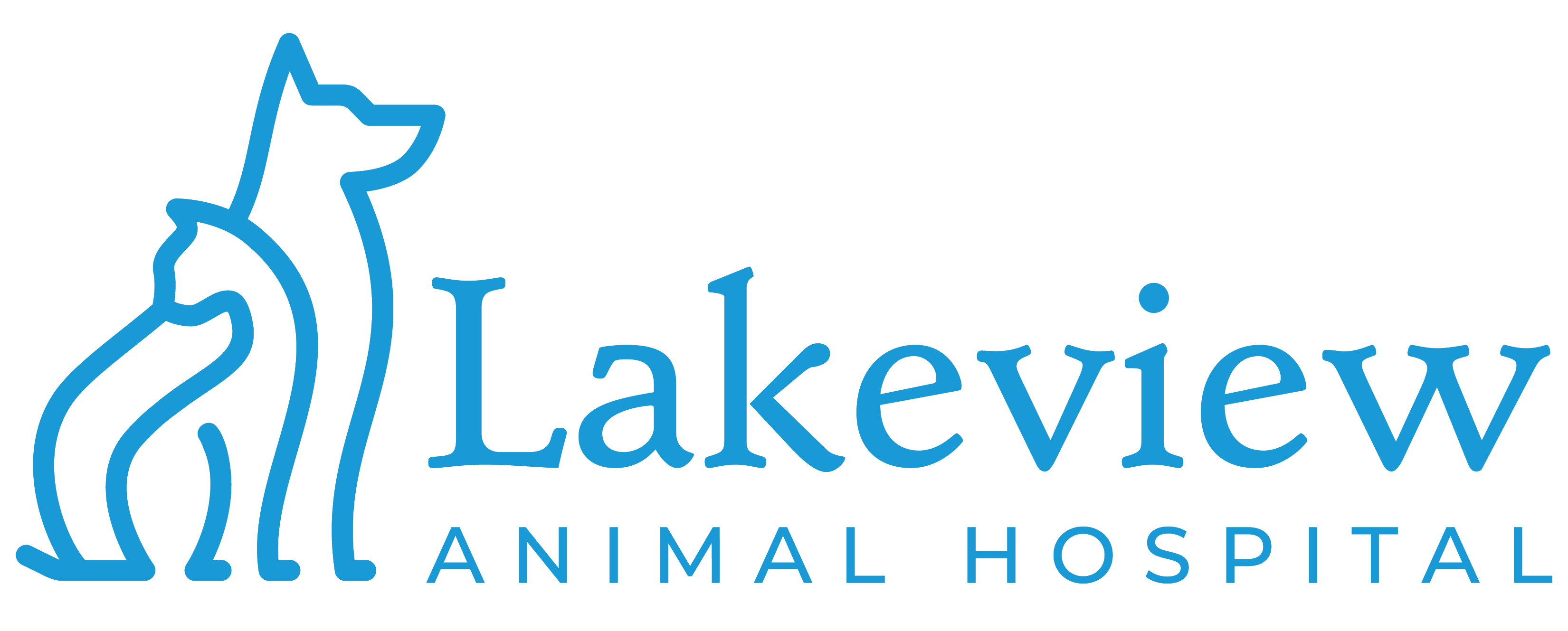Educational Articles
-
Treats are a wonderful way to provide positive reinforcement to your cat during a training session. Choose low-calorie foods such as green beans, zucchini squash, and watermelon. Avoid foods that are potentially harmful, such as chocolate, garlic, onions, raisins, grapes, macadamia nuts, and products that have xylitol. Limit high-calorie treats and keep treats within 10% of your cat's daily calorie intake. Keeping training sessions short and engaging while providing appropriate foods as treats can be a wonderful way to strengthen the human-animal bond.
-
Pets readily learn to engage in appropriate, desired behaviors through positive reinforcement methods. Reward-based training improves communication and provides enrichment for pets and people alike.
-
Uterine tumors are quite rare in North American pets, mainly due to routine spaying practices. Several types of tumors can arise from the tissues of the uterus. This handout discusses uterine tumors in dogs and cats. The various types of these tumors, along with the clinical signs, diagnosis, treatment, and prevention of this condition are outlined.
-
Uveitis is an inflammation of one or more of the structures making up the uvea (part of the eye). Signs of uveitis are severe pain with an intense reddening of the visible parts of the eye. Measurement of intraocular pressure is often performed to diagnose uveitis. Treatment involves reducing the pain and inflammation in the eye as well as treating the initial cause of the disease.
-
There are five primary reasons for vaccination failure. Vaccine inactivation is one reason and is most commonly caused by warming during shipping and handling. In addition, vaccines are not always 100% effective. Cats may also be unhealthy or too young, leading to vaccine failure. Interference by maternal antibodies can lead to the vaccine being blocked. Lastly, cats receiving overwhelming exposure to a virus may have a failure in the effectiveness of the vaccine.
-
Vaccines are necessary to reduce infectious disease-caused illnesses in cats. They work by stimulating the body's immune system to recognize and fight a particular microorganism such as a virus, bacteria, or other infectious organism. The vaccine helps the body prevent infection or lessen the severity of the infection, and promotes rapid recovery.
-
Vascular tumors of the skin develop from the blood vessels of the skin. These tumors may arise anywhere on the body and appear as a firm and raised lump on or under the skin. Hemangiomas may ulcerate and bleed; hemangiosarcomas may bleed into the surrounding tissues. This type of tumor is typically diagnosed via a tissue biopsy or surgical removal of the entire tumor. Surgery is the recommended treatment for vascular tumors of the skin.
-
Velagliflozin (brand name Senvelgo®) is an oral glycemic control medication used in cats with diabetes mellitus. It is used to lower blood sugar levels in cats with diabetes mellitus not previously treated with insulin. Velagliflozin comes in liquid suspension form.
-
Vestibular disease is when a cat suddenly develops incoordination, falling or circling to one side, involuntary darting of the eyes back and forth, a head tilt, and often nausea or vomiting. Most cases are idiopathic, meaning the exact cause is unknown. Idiopathic vestibular disease is a short-term, self-resolving condition with a good prognosis.
-
The term chiropractic refers to manual therapy used to manipulate muscles and joints, especially the intervertebral joints in the spine. The goal of this therapy is to alleviate pain, improve mobility, and enhance overall wellness.

